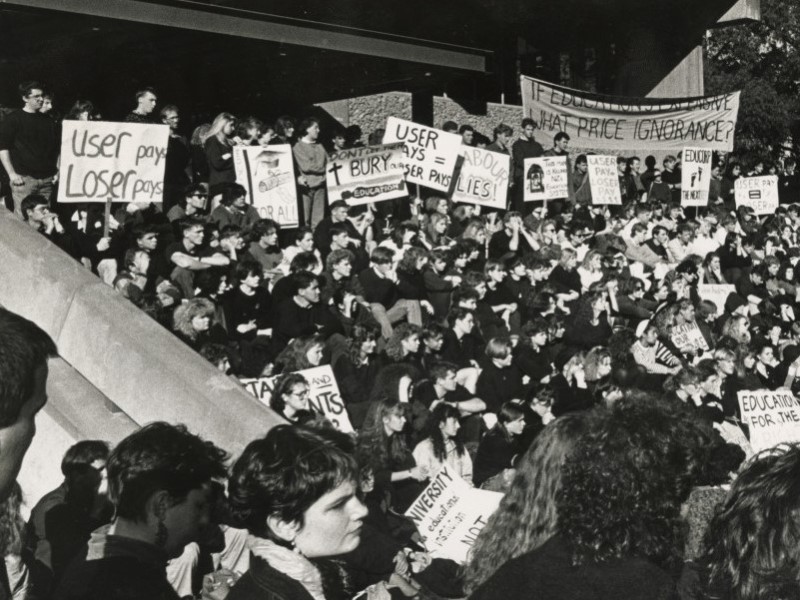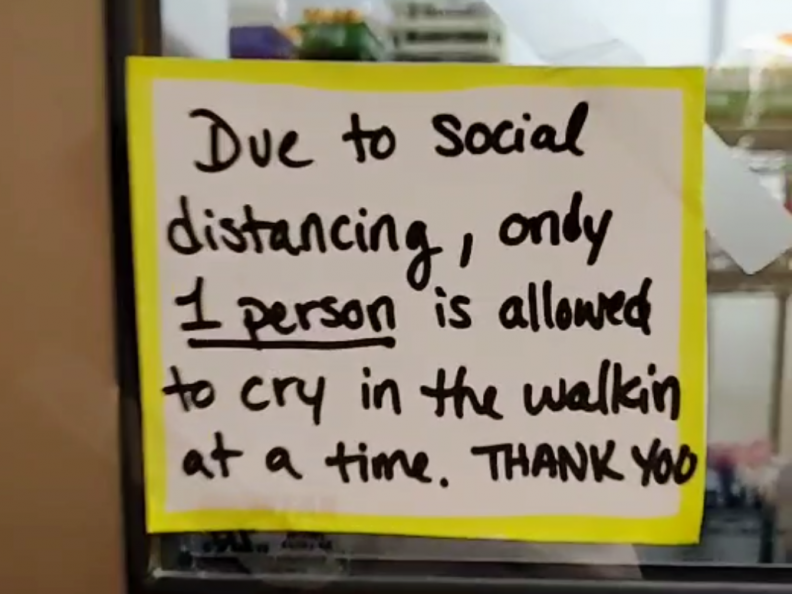Workplace bullying
"Workplace bullying is today what domestic violence was 30 years ago," the country’s foremost bullying prevention advocate has claimed: it’s misunderstood and it's underestimated.
New Zealand has the second-highest rate of workplace bullying in the developed world, but Culture Safe founder Allan Halse says no-one’s talking about it and the government is doing nothing to address it.
WorkSafe, New Zealand’s regulator of workplace health and safety, estimates as many as 1 in 3 kiwis report workplace bullying every year, while a 2019 study by Stats NZ found around 11 percent of all kiwi workers had experiences with bullying that year.
In response to the many claims of workplace bullying within the Hospitality and retail sectors, a Ministry of Business and Employment spokesperson says that measures are being put in place by the Government to combat the issue.
They acknowledged that “bullying and harassment at work is a complex and serious problem in New Zealand.”
“In 2021, MBIE released the ‘Bullying and harassment at work’ paper, which asked the public to tell us about how effective the systems are that prevent and respond to bullying and harassment at work. MBIE ran a consultation process on the issues paper and met with a wide range of stakeholders to seek their views.
“The Government is considering next steps in this area.”
Canterbury Community Law, a not-for-profit organisation aimed at removing financial barriers to legal advice and representation, says that students – in particular, those in hospitality and retail positions – are especially vulnerable to exploitation and ill treatment in the workplace.

“It can be said that generally speaking, workplace bullying complaints are certainly very common.
“Students and young people are often afraid to stand up for themselves and do find themselves to be victims of bullying and as they frequently work in those industries, it is quite common to see such cases.”
Some students say they were unfamiliar with their rights as workers prior to finding employment, with student Charles Bretherton admitting he knew “nowhere near as much as I should have known”.
This, unfortunately, proved to be a sentiment shared by many others.
Laura Powell says she “had a very basic understanding of my rights and the people I have worked under have definitely used that against me.”
Similarly, Emily Collins says she was forced to learn her rights the hard way, after first having her lack of knowledge taken advantage of by hospo bosses. “Did you know that because of the rotating roster that hospo business usually run on, that bosses can avoid paying a day in lieu for public holidays? I didn’t, but do now.”
Eric Yu from Canterbury Community Law agrees that students aren’t as well-versed in basic employment law as they should be, and are thus at higher risk of exploitation and bullying in their workplaces.
“In our experience, students are often more susceptible to being taken advantage of in employment situations due to generally having less knowledge about their rights, fewer support systems, and less confidence.
“They also often work for smaller employers and in industries which have worse reputations for employment rights.
“Unfortunately, the same factors which contribute to students being more susceptible to issues can also lead young people to be less likely to seek advice or take action to enforce their rights.”
Mr. Yu says that money is a barrier for students when pursuing legal action against exploitative workplaces, and their own poverty is often what’s preventing proper advocacy.
“A further issue is that workers in these industries often are unable to afford legal advice, creating a barrier to justice.”
Of all the students who were interviewed for this piece; Emily Collins, Hannah Powell, Charles Bretherton, Laura Powell, Sophie Murray, Holly Dashwood and Piata Otene – not one knew where they might go to find help, representation or advocacy beyond getting advice from their friends or family members.













 Data retrieved from Te Whatu Ora Health New Zealand
Data retrieved from Te Whatu Ora Health New Zealand